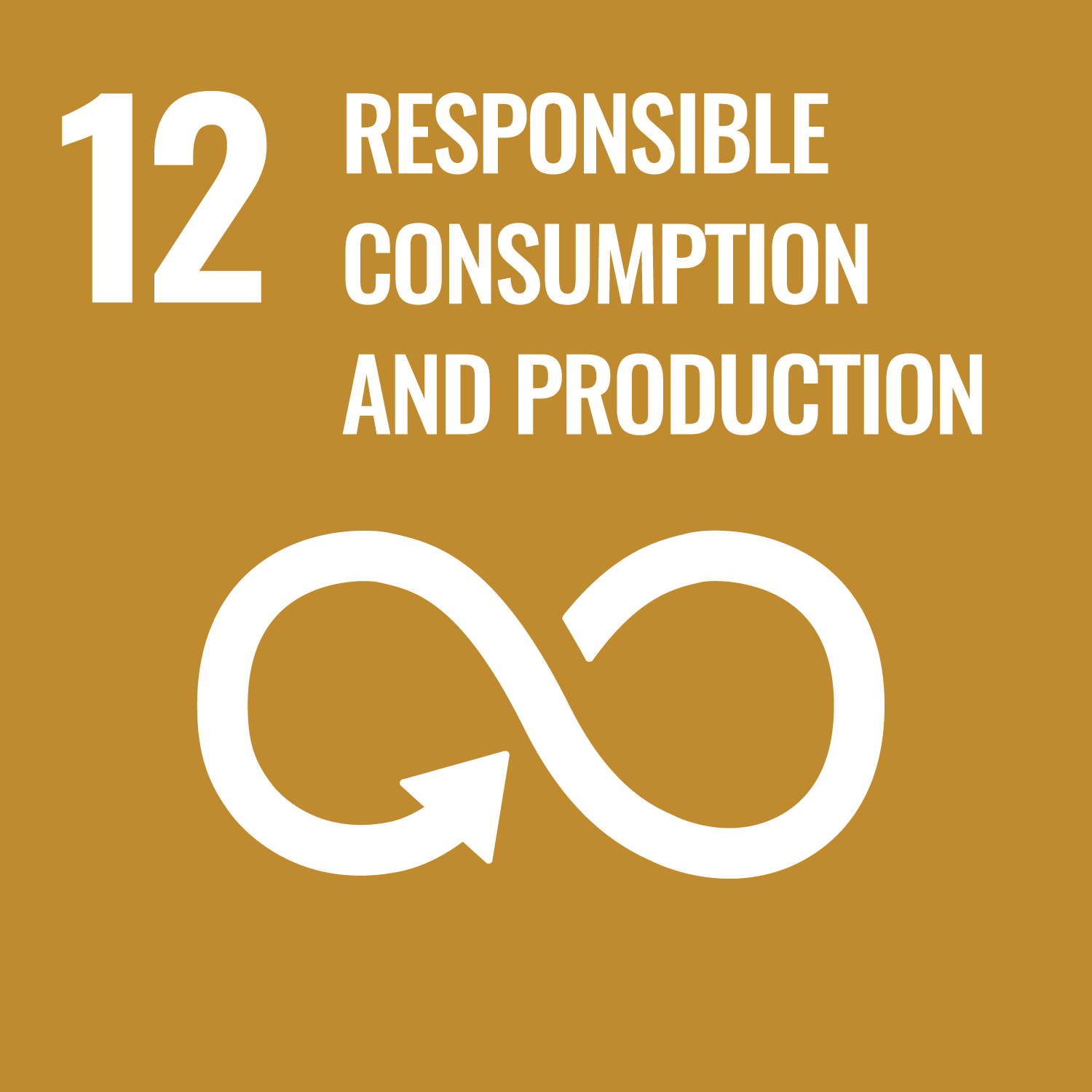Reducing our environmental impact, promoting the use of renewable sources of energy and encouraging responsible purchasing decisions are just some of the ways that ISO standards contribute to sustainable consumption and production.
Working towards these goals, ISO 20400, Sustainable procurement – Guidance, helps organizations incorporate sustainability into their procurement function. ISO has also developed standards for environmental labelling within the ISO 14020 series. These provide guiding principles for the development and use of environmental labels and self-declarations, as well as preparing for third-party certification programmes, which help validate environmental claims, encouraging consumers to make better choices. In addition, supporting sustainable lifestyle choices, ISO 20245, Crossborder trade of second-hand goods, establishes minimum screening criteria for goods traded between countries, helping to drive alternative consumption patterns by reducing waste and environmental impact.
The term “greenwashing” has been around since the 1980s. Since then, consumers have become increasingly interested in green products and companies have become increasingly adept at using claims of being environmentally friendly. Today, “impact washing” has been added to the lexicon of those seeking to hold companies and in particular financial institutions to account for their green claims. Impact washing can be defined as any marketing claim about a product triggering a change in the real economy that cannot be supported by evidence.
ISO 14097 specifies a general framework, including principles, requirements and guidance for assessing, measuring, monitoring and reporting on investments and financing activities in relation to climate change and the transition into a low-carbon economy. The assessment includes the following:
- the alignment (or lack thereof) of investment and financing decisions taken by the financier with low-carbon transition pathways, adaptation pathways, and climate goals;
- the impact of actions through the financier’s investment and lending decisions towards the achievement of climate goals in the real economy, i.e. mitigation (greenhouse gas emissions) and adaptation (resilience);
- the risks to owners of financial assets (e.g., private equities, listed stocks, bonds, loans) arising from climate change.
To support a financier’s assessment of the impact of investment and lending decisions, ISO 14097 provides guidance for the financier on how to: set targets and determine metrics to be used for tracking progress related to the low-carbon transition pathways of investees; determine low-carbon transition and adaptation trajectories of investees; and document the causality or linkages between its climate action and its outputs, outcomes and impacts.
ISO 14097 is applicable to financiers, i.e. investors and lenders. It guides their reporting activities to the following third parties: shareholders, clients, policymakers, financial supervisory authorities and non-governmental organizations.
It is not enough for a company to say it is saving the planet – or for a financial institution to say it can invest your money in environmental, social and governance (ESG) products. Companies need to actively and verifiably demonstrate how they are making the world a better place.
The United Nations this year convened the Net-Zero Banking Alliance, which brings together banks worldwide representing over a third of global banking assets committed to aligning their lending and investment portfolios with net-zero emissions by 2050. But there remains a glaring need to be able to measure the direct and indirect climate impact of financial institutions, beyond their pledges and statements about risk exposure.
ISO 14097 is designed to harmonize and unify varied and fragmented standards in the financial services industry so that investors can know just how green companies are. There is a clear need for technical guidance and a standardized framework, describing how financial institutions, banks, investors and asset managers can assess climate risks and then disclose them.
There are three main benefits from ISO 14097. First, it will guide those investing and managing finance to assess climate-related risks. Second, it will help drive the shift to a low-carbon economy by lowering the exposure to climate-related risks. Third, ISO 14097 will provide the benefits of standardization. In other words, a unifying framework that provides a basis for assessment, verification and comparability.
ISO 14097 is the latest in the emerging family of standards related to climate change and finance. Other standards include the future ISO 14030 series for the environmental performance evaluation of green debt instruments, ISO 14100 for the assessment of green financial projects, and ISO 14093, which looks at mechanisms for financing the adaptation to climate change.
